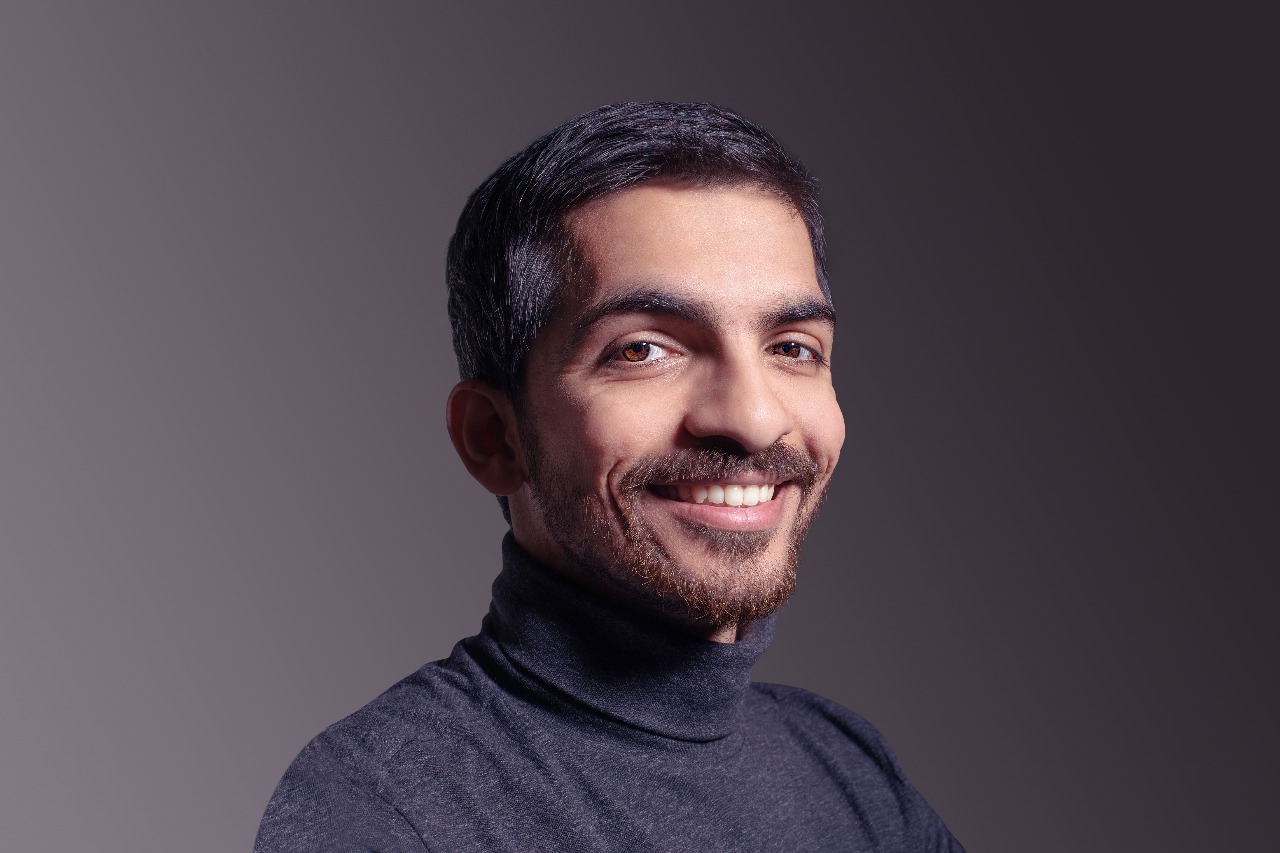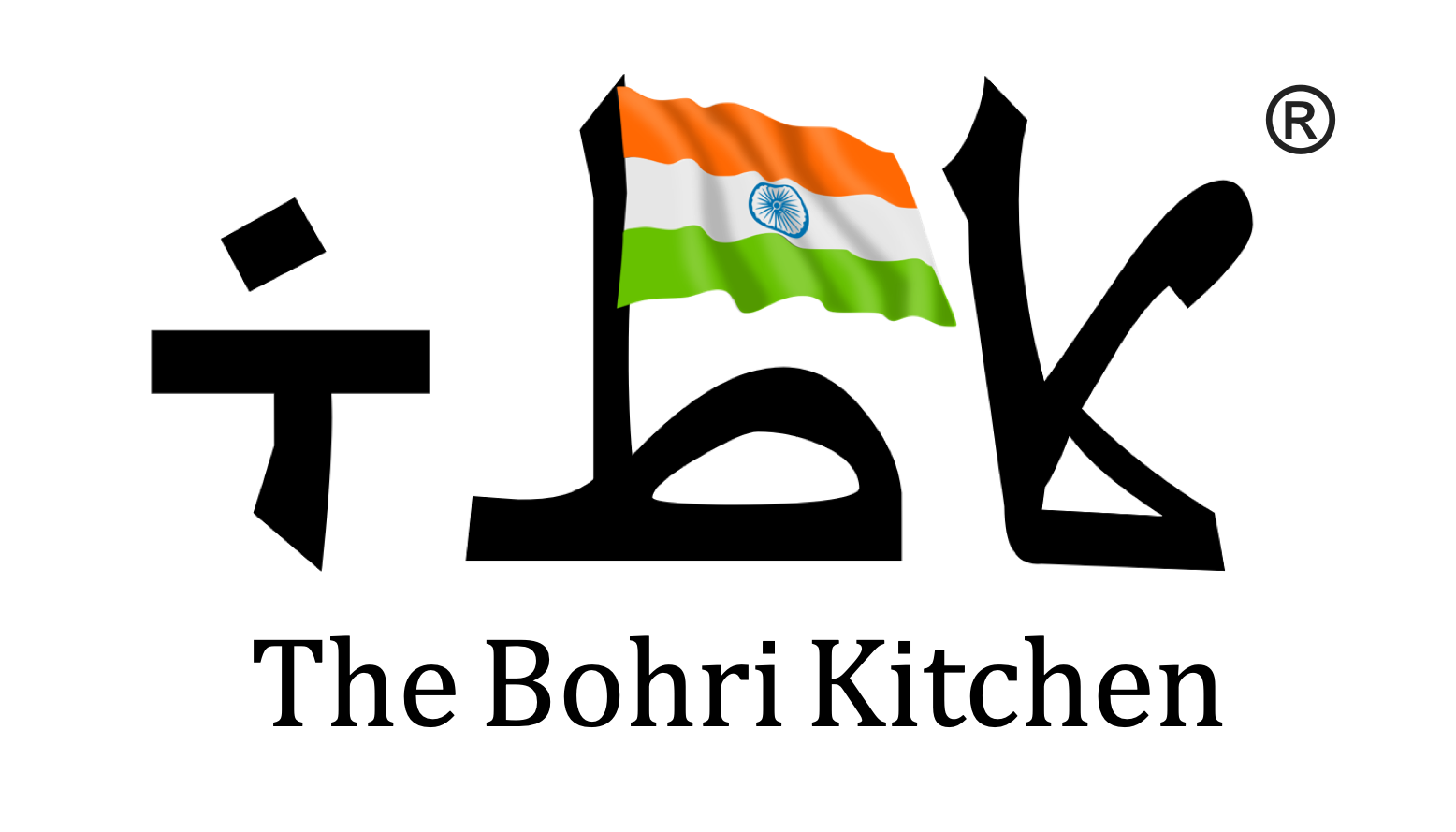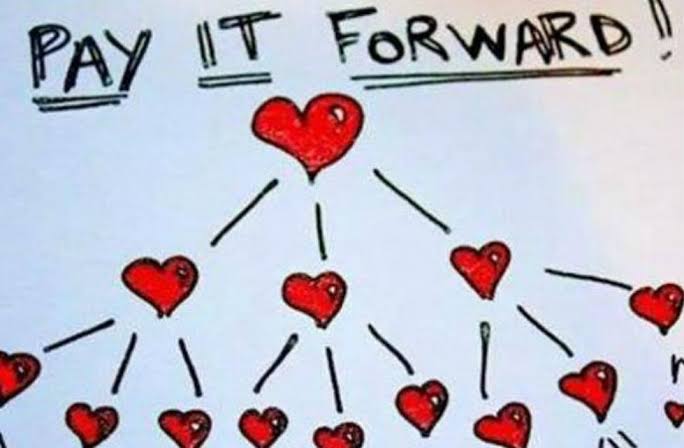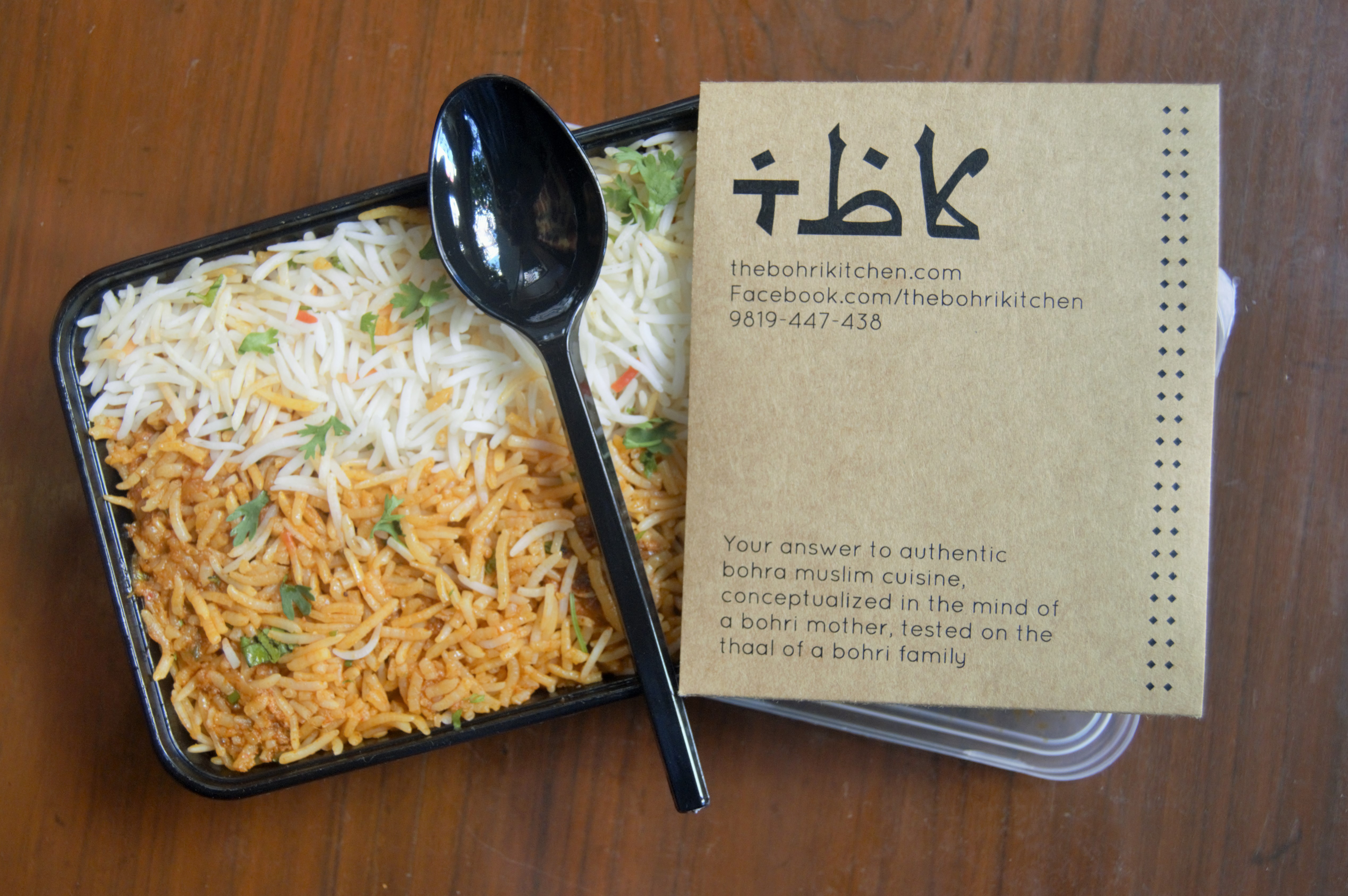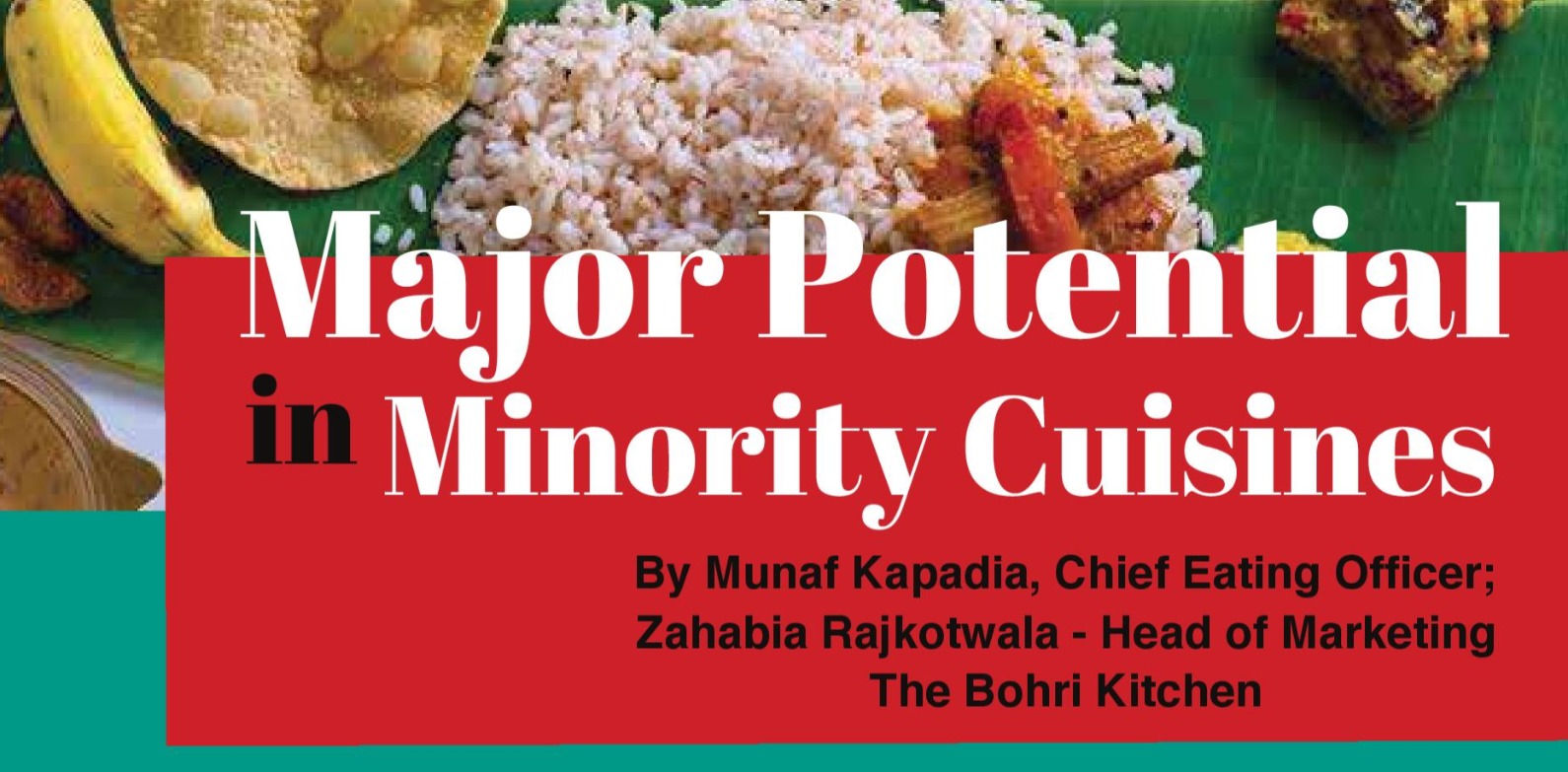Yesterday, we had a few friends drop in for lunch – they came for mom’s 7 course extravaganza around the thaal. 2 out of 5 of guests present were meeting each other for the first time. By the time we reached the Raan in Red Masala – that sweet spot between starters and mains where you feel contentedly full but still look forward to the next course – the two guests had bonded over first degree connections that rendered them strangers no longer.
I have seen this happen countless times at our home dining experiences. We Indians have a knack for creating connections. You put food at the centre of it all and you expedite the process. We love this feeling – that if you probe enough, you will find a mutual friend or a far-off relative in common with a complete stranger and then voila – you have made a connection that you will carry with you for the rest of your life. The Indian community excelled at forging new relationships way before Facebook.
In my experience hosting Home Dining events, so many guests that I had met for the first time in my life, would approach me with the name of a Bohri friend or acquaintance and ask me – ‘do you know them?’. Sometimes, I did, most times I didn’t but I always marvelled at how keen people were to establish familiarity.
The fact that home dining experiences as a concept worked and got the outstanding reception that it did, can in large part be attributed to the open-mindedness of the Indian community that welcomes diversity whole heartedly. Even today, when I defend the Bohri cuisine before investors as being widely palatable (as opposed to being hyper regional) I do so with confidence knowing that the Indian consumer is well-adjusted to heterogeneity.
We like variety in our food, we have different subsets of vegetarian (eggitarian, jain-vegetarian, regular vegetarian and vegan) and a whole range of non-vegetarian folk with varying preferences for meat depending on the day of the week or month of the year, we are accustomed to celebrating a mélange of gazetted religious holidays (in the range of 10-12 days) in a year, every household speaks in at least two tongues, our country is home to multiple cinematic industries – Bollywood, Tollywood, Kollywood. You get the drift.
I guess this a long-winded way of saying that the level of diversity prevalent in this country is because we as people have protected it and encouraged it. We thrive in it and we are more than happy to own and accept all of it. The Bohri Kitchen is a case study in how a cuisine relevant to only a few million people world over has gained widespread acclaim and recognition within India. As Indians, we love our differences and that we can find a 6-degree connection with each other no matter which city or state we belong to.
This country is a social network built over chai, samosas, biryani, pav bhaji, vada pav, idli’s, dosas, haleem and so much more. Whether we agree or disagree on CAA or NRC – I’ve seen firsthand that everyone has genuine love and respect for each other (caste, creed, mother-tongue, food preferences no bar) and see’s tremendous value in that diversity. You enjoy your vada pav as much as you enjoy your Samosa.
